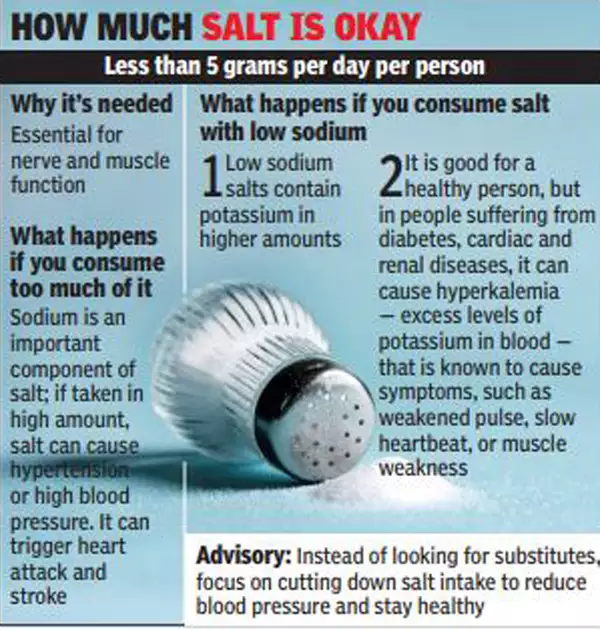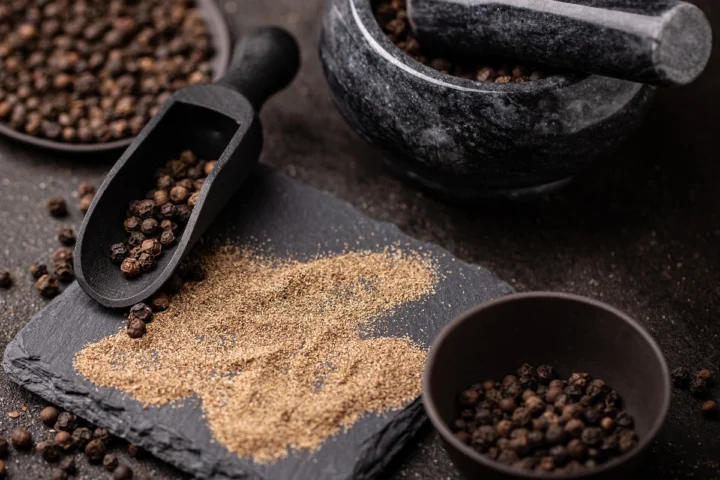Cardiovascular diseases, including heart attacks and strokes, are among the leading causes of death worldwide. The World Health Organization (WHO) has emphasized the importance of reducing sodium intake to lower the risk of hypertension and heart-related ailments. One effective strategy recommended by WHO is the use of low-sodium salt as a healthier alternative to regular table salt.
The Dangers of Excess Sodium Consumption
Sodium is an essential mineral that plays a crucial role in maintaining fluid balance and nerve function in the body. However, excessive sodium intake is a major contributor to high blood pressure (hypertension), which increases the risk of heart disease, stroke, and kidney problems. According to WHO, an average adult should consume less than 2,000 mg (or 2 grams) of sodium per day, which is equivalent to about 5 grams of salt.
Unfortunately, many people exceed this limit due to the widespread use of processed foods and high-sodium diets. WHO reports that reducing sodium intake is one of the most cost-effective measures to improve public health and prevent cardiovascular diseases.

The Benefits of Low-Sodium Salt
Low-sodium salt, also known as potassium-enriched salt, is a healthier alternative that contains a reduced amount of sodium chloride and is often supplemented with potassium chloride. This substitution offers several health benefits:
- Lower Blood Pressure: Potassium helps counteract the effects of sodium, reducing hypertension and promoting heart health.
- Reduced Risk of Stroke and Heart Attack: By lowering blood pressure, low-sodium salt helps decrease the chances of cardiovascular complications.
- Better Kidney Health: High sodium intake is linked to kidney damage, while potassium intake supports kidney function.
- Supports Muscle and Nerve Function: Potassium is essential for proper muscle contractions and nerve signaling.
WHO’s Recommendations on Sodium Reduction
To combat the global health burden of heart diseases, WHO has issued several guidelines, including:
- Encouraging individuals to replace regular salt with low-sodium alternatives.
- Promoting public awareness campaigns to educate people about the dangers of excessive sodium intake.
- Urging food manufacturers to reduce the sodium content in processed foods.
- Implementing clear labeling on food products to inform consumers about sodium levels.
How to Incorporate Low-Sodium Salt in Your Diet
Switching to low-sodium salt is a simple yet effective way to improve heart health. Here are some practical tips:
- Use low-sodium salt while cooking at home instead of regular table salt.
- Check food labels and opt for products with lower sodium content.
- Reduce the intake of processed and fast foods, which often contain high amounts of hidden salt.
- Enhance the flavor of your meals with natural herbs and spices instead of relying on salt.
- Encourage restaurants and food vendors to offer low-sodium options.
Interesting Read
Conclusion
WHO’s recommendations on sodium reduction highlight the urgent need for dietary changes to combat heart disease. Using low–sodium salt is a simple, effective, and affordable step toward better cardiovascular health. By making this switch, individuals can significantly lower their risk of hypertension, strokes, and heart attacks, ultimately leading to a longer and healthier life.







